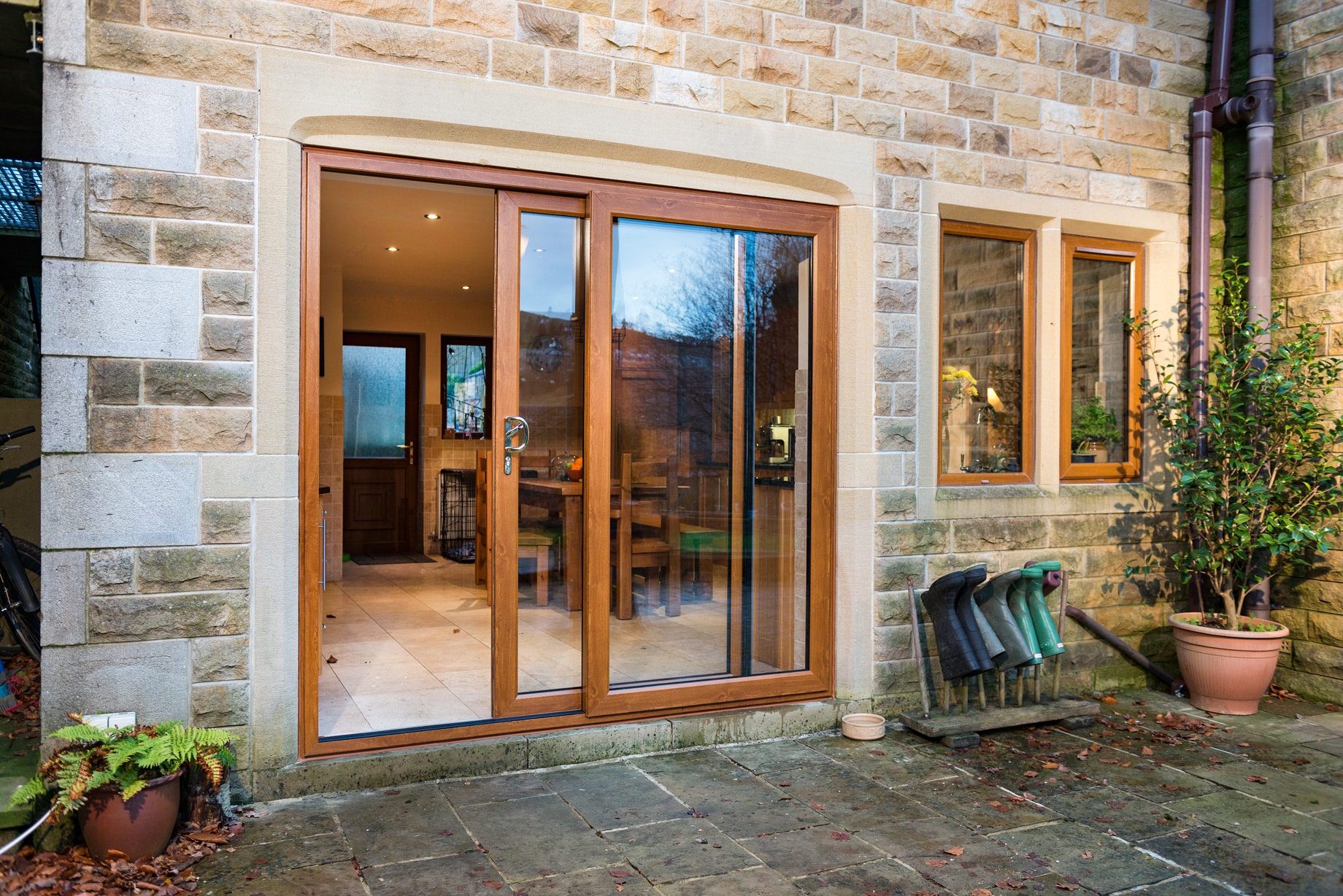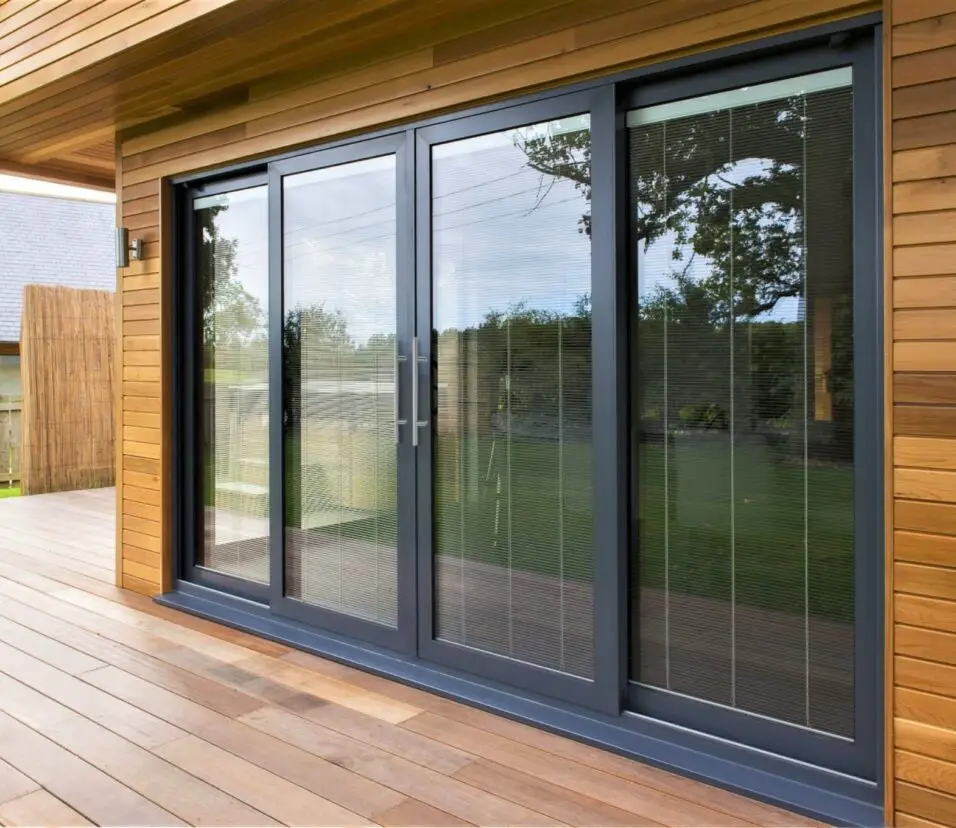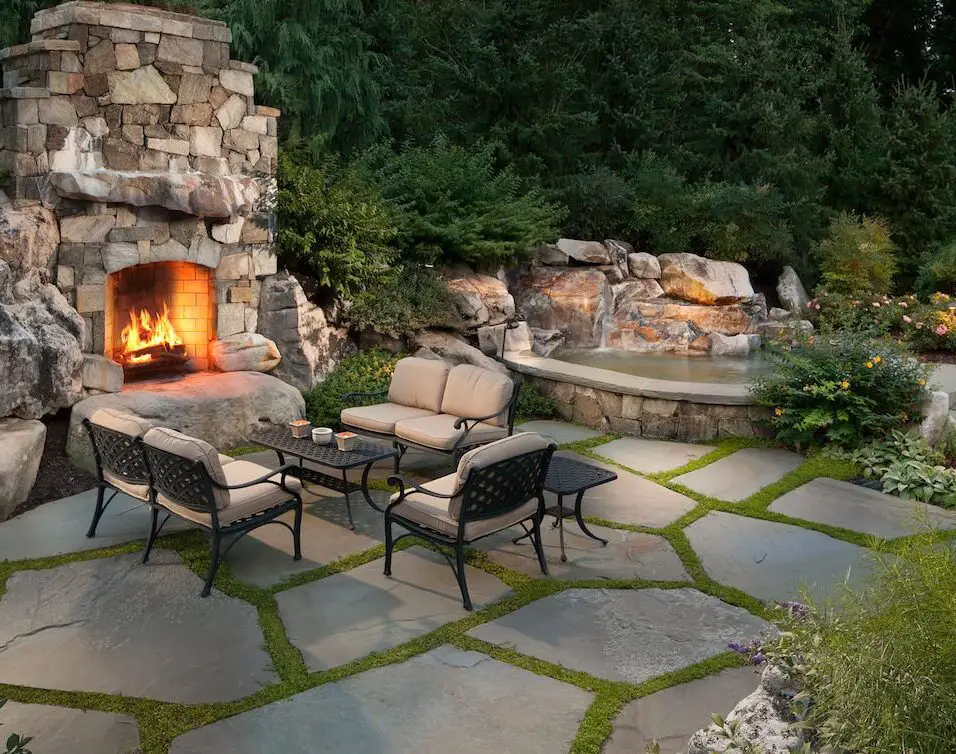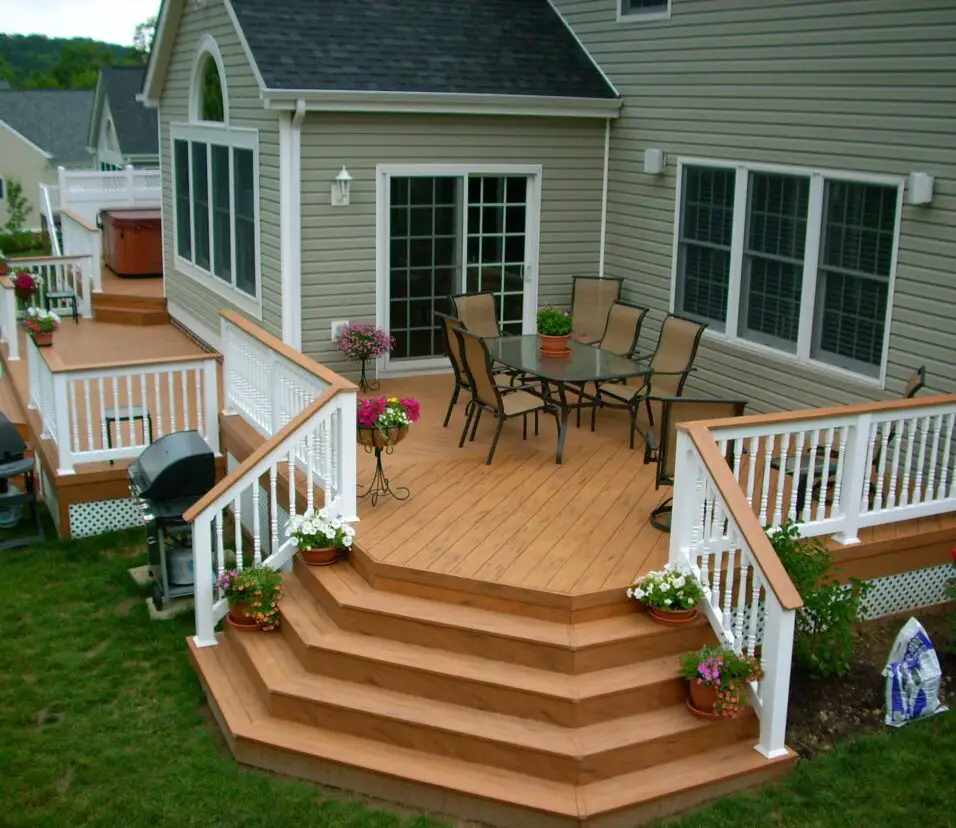How To Remove Sliding Patio Door
Introduction
How To Remove Sliding Patio Door: Sliding patio doors are a fantastic addition to any home, offering seamless access to the outdoors and allowing natural light to flood your living space. However, there are times when you might need to remove your patio door, whether it’s for maintenance, replacement, or any other specific reasons. Before you begin, make sure to gather the necessary tools, take measurements, and, if possible, enlist a helping hand to make the job more manageable.
Your sliding patio door like a pro, ensuring that the project is completed with precision and confidence. As we progress, you’ll learn about the critical safety precautions you should take to protect yourself and your property during the removal process. We’ll emphasize the significance of teamwork, especially if you’re dealing with larger and heavier doors. Being well-prepared for these situations will save you time and effort, and we’ll provide guidance on how to address them effectively.
The door opening temporarily to prevent any security risks or exposure to weather block wind elements. We’ll guide you through this step to ensure your home remains protected while you complete your patio door removal project. Whether you’re looking to replace your old sliding door, perform repairs, or simply want to gain insight into the inner workings of your patio door system, this guide will equip you with the knowledge and confidence needed to tackle the task.
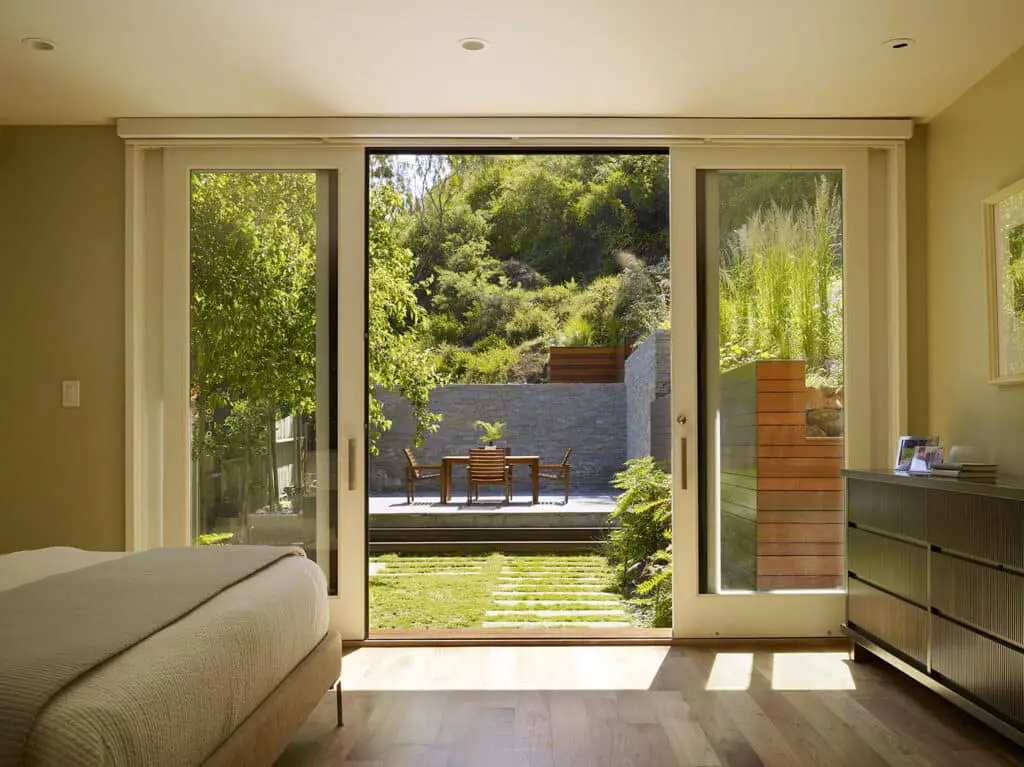
Can sliding glass doors be removed?
While removing sliding glass doors is not a particularly difficult job, it can take a bit of time. If you are scratching your head and unsure where to start, it helps to get some pointers on how to go about this and how to prepare for the task!
Prepare the Area
Clear the area around the sliding glass door and remove any obstacles. Lay drop cloths or protective covering on the floor to prevent damage and make cleanup easier.
Access the Door Frame
Most sliding glass doors are held in place by a frame, which is secured with screws or clips. Look for any visible screws or clips on the interior and exterior of the door frame.
Remove the Screws or Clips
Using the appropriate screwdriver or pry bar, carefully remove the screws or clips that secure the sliding glass door frame to the surrounding structure. Depending on the installation, there may be screws at the top, bottom, and sides of the frame.
Loosen the Door
Once the screws or clips are removed, gently tap the frame with a rubber mallet or hammer to loosen it from the surrounding structure. Be cautious to avoid damaging the frame or the surrounding wall.
Lift and Remove the Door
With the frame loosened, carefully lift the sliding glass door panel off the bottom track while having a helping hand support the weight. Tilt the top of the door towards you and lift it off the upper track. Take care not to damage the door or the tracks during this process.
Clean and Store the Door Safely
After removing the sliding glass door, inspect it for any damage and clean it thoroughly before storage or transportation. Store the door in a safe and secure location to avoid any accidents or damage.
How do you remove the door on sliding door?
Lay the stationary door down gently on a foam sheet. At the bottom of the track, you’ll see a slight indent that is intended for easy removal. Slide the door till it hits this point. Next, you’ll need to remove the adjustment screws by accessing them on the side panels at the bottom of the door.
Replacement: If your sliding door is old, damaged, or inefficient, removing it allows you to replace it with a new, upgraded model to improve energy efficiency and aesthetics.
Repairs: Some issues, such as worn-out rollers or damaged tracks, may require the removal of the door for proper repairs and maintenance.
Home Renovations: During home renovations or remodeling projects, removing the sliding door can provide better access to the area and facilitate other tasks.
Please note that the specific steps may vary depending on the type and brand of sliding door you have. Always consult the manufacturer’s guidelines if available. Here’s a general overview of the removal process:
Clear the area around the sliding door and remove any furniture or obstacles that might hinder the process. Lay down drop cloths or protective covering to safeguard the floor and facilitate easy cleanup.
Many sliding doors have adjustment screws at the bottom of the door. These screws control the height of the door and need to be adjusted to lift the door off the track.
Using the appropriate screwdriver, turn the adjustment screws counterclockwise to raise the door slightly off the bottom track. This action relieves pressure and allows the door to move more freely.
What is a sliding patio door?
A sliding glass door, patio door, or doorwall is a type of predominantly glass sliding door, in architecture and construction, that is situated in an external wall to provide egress from a room and access to a backyard or patio, providing “a pleasant view” and, when not fully covered, passive daylighting.
Natural Light and Views: Sliding patio doors are an excellent way to flood interior spaces with natural light, creating a brighter and more inviting atmosphere. The expansive glass panels also offer uninterrupted views of the outdoor landscape, making them ideal for homes with beautiful surroundings.
Space-Saving Design: Unlike traditional hinged doors that swing open, sliding patio doors slide parallel to the wall, conserving valuable floor space both inside and outside the room. This feature is especially advantageous in areas with limited room for door swing clearance.
Easy Accessibility: The smooth gliding motion of sliding patio doors makes them easy to operate, even for children and individuals with mobility challenges. This accessibility is particularly convenient when moving furniture, hosting gatherings, or bringing in large items from the outside.
Indoor-Outdoor Flow: Sliding patio doors facilitate a seamless connection between indoor and outdoor living areas, allowing homeowners to extend their living space and enjoy a sense of continuity with nature.
Ventilation and Airflow: When opened partially or fully, sliding patio doors enable excellent ventilation, allowing fresh air to circulate throughout the interior space and reducing the need for artificial cooling.
Enhanced Aesthetics: The elegant and contemporary appearance of sliding patio doors adds a touch of modern sophistication to any home, enhancing its overall curb appeal and resale value.
How do sliding patio doors work?
Unlike bifold doors which have panels that stack together multiple times when open (requiring stacking space), external sliding doors work by sliding along tracks fitted to the top and bottom of the frame, and there tends to be one panel which doesn’t move at all, where the other panel(s) sit on top once opened.
Door Panels: Sliding patio doors typically consist of two or more large glass panels that serve as the movable parts of the door. These panels are mounted within the door frame and glide horizontally along a track.
Tracks and Rollers: The bottom of each sliding panel is equipped with rollers that run along a track. The track is usually made of metal, and it provides a smooth surface for the rollers to slide on.
Frame: The frame of the sliding patio door provides structural support and houses the glass panels, rollers, and track. Frames can be made of materials like aluminum, steel, wood, or vinyl, each offering its unique set of benefits in terms of aesthetics and insulation.
Weatherstripping: Sliding patio doors are equipped with weatherstripping along the edges of the panels and the frame. Weatherstripping prevents air infiltration, minimizes drafts, and enhances the door’s energy efficiency.
Locking Mechanism: To ensure security, sliding patio doors come with locking mechanisms, often located near the handle. The most common types of locks include latch-style locks, mortise locks, and multi-point locks.
Opening the Door: To open a sliding patio door, simply grasp the handle on one of the panels and exert gentle pressure to lift it slightly off the track. This action engages the rollers, allowing the door to glide along the track smoothly.
Can I replace the sliding door only?
What most homeowners might not know is that it is possible to replace your sliding glass doors without replacing the entire frame. Before the sliding glass door replacement project begins, there are several items that homeowners should consider.
Opting to replace the sliding door only is generally more budget-friendly than replacing the entire door system. By retaining the existing frame and structure, you can save on labor and materials costs.
Compared to a full door and frame replacement, replacing the sliding door only is a quicker process. This means less disruption to your daily routine and a faster completion time for the project.
Over time, sliding doors may experience wear and tear, leading to issues like sticking, misalignment, or damaged rollers. Replacing the sliding door can address these functional problems, restoring smooth and effortless operation.
Modern sliding doors often come with improved insulation and energy-efficient features. Replacing the old door with a new, energy-efficient model can help enhance your home’s insulation and reduce energy costs.
Upgrading the sliding door can instantly refresh the look and feel of your living space. You can choose from a variety of styles, finishes, and glass options to complement your home’s decor and add to its curb appeal.
Are sliding patio doors good?
They’re durable.
Sliding patio doors are also very durable. When properly installed and maintained, they can last for decades. Even in extreme weather conditions, they hold up well.
Sliding patio doors are designed with large glass panels that allow an abundance of natural light to enter the living space. This creates a bright and welcoming atmosphere while offering unobstructed views of the surrounding outdoor landscape.
One of the main advantages of sliding patio doors is their ability to create a seamless transition between indoor and outdoor living areas. This feature enhances the sense of openness and connection to the outdoors, making it easier to enjoy your patio, deck, or backyard.
Sliding patio doors operate by sliding horizontally along a track, eliminating the need for extra clearance space required by traditional hinged doors. This space-saving design is particularly beneficial for rooms with limited floor area.
Sliding patio doors are effortless to operate, as they glide smoothly along their tracks with minimal effort. This ease of use makes them suitable for all members of the household, including children and individuals with mobility challenges.
When partially opened, sliding patio doors provide excellent ventilation, allowing fresh air to circulate through the living space. This feature is especially advantageous during mild weather when you want to let in some fresh breeze without fully opening the door.
Are patio doors always sliding?
We know it’s confusing, so we wrote this post to assist you choose between ‘French doors’ and ‘Sliding doors’ for your patio.
Patio sliding glass doors have two or more big glass panels that glide horizontally along a track. They save space because they don’t need door swing clearance like hinged doors. Contemporary and modern architecture uses sliding patio doors for unimpeded views and easy access to outside spaces.
French, swing, or hinged patio doors act like interior doors. One-sided hinged doors open and close like ordinary doors. Hinged patio doors with one or two panels commonly include glass inserts to enhance light and views. French doors are popular in traditional and rural homes for their elegance and charm.
Multiple panels fold and stack against each other when opened in bi-fold or accordion patio doors. They can be partially or entirely opened to create a large aperture, connecting indoor and outdoor environments. Modern homes often feature folding patio doors to maximize natural light and ventilation.
Do sliding patio doors leak?
Myth 1: Sliding Doors Leak Water When It Rains
Yes, but no. Just about any opening in your home, be it a window, door, or sliding door, can leak given enough wind and rain. Sliding doors are tested to withstand certain levels of protection from the environment and undergo a certification process.
Poor Installation: Improper installation is one of the primary reasons for sliding patio door leaks. If the door is not correctly aligned, sealed, or secured within the frame, it can lead to gaps and vulnerabilities that allow water to infiltrate during rain or heavy storms.
Worn Weatherstripping: Weatherstripping plays a crucial role in preventing water infiltration. Over time, weatherstripping can wear out or become damaged, losing its effectiveness and allowing water to seep through the gaps.
Damaged Seals or Glass: Cracked or damaged seals around the glass panels or between the frame and the door can create entry points for water. Inspect the seals regularly for any signs of wear or damage.
Improper Flashing: Flashing is a waterproofing material used to direct water away from vulnerable areas. If the flashing around the sliding patio door is not correctly installed or is damaged, water can find its way inside.
Clogged Drainage System: Sliding patio doors often have a drainage system to channel water away from the door’s interior. If the drainage system becomes clogged with debris or dirt, water can accumulate and lead to leaks.
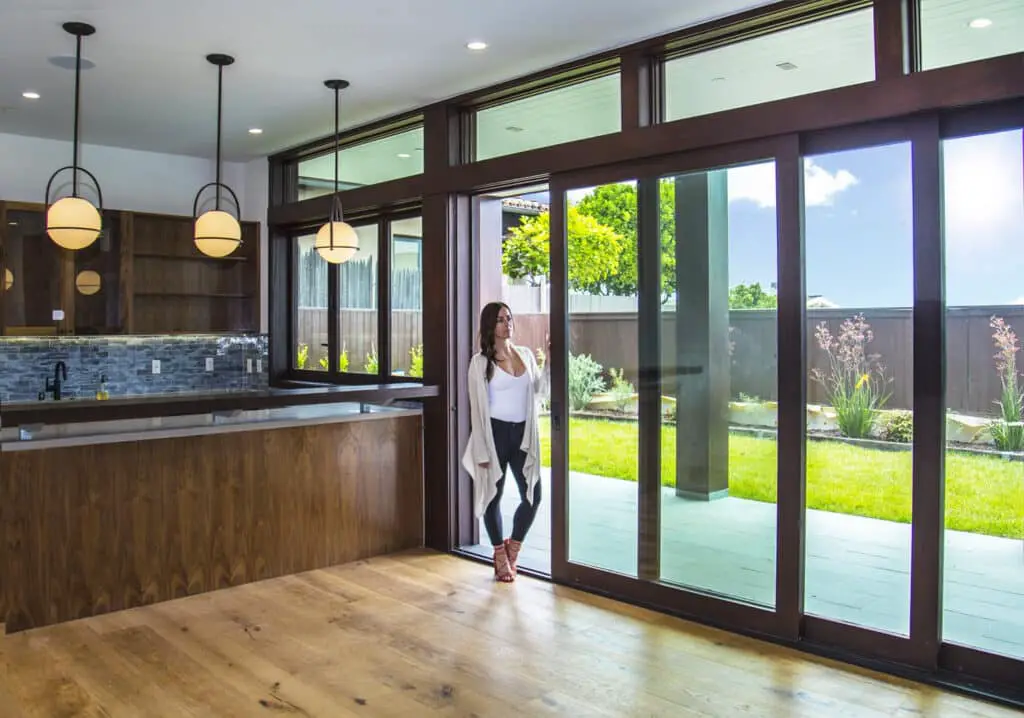
Conclusion
Throughout the process, we highlighted the importance of safety, preparation, and teamwork. Taking the time to gather the necessary tools and enlisting a helping hand ensures that the removal process is smoother and safer. Remember to always prioritise safety, wearing appropriate protective gear and exercising caution to prevent accidents. Now that your sliding patio door has been removed, you have the opportunity to consider other options that can elevate the comfort and aesthetics of your living space. Whether you’re replacing the door with a newer model or installing a different type of door altogether, your home will benefit from the improvements you’ve made.
Understanding the components and intricacies of your patio screen door allows you to make informed decisions when it comes to repairs, maintenance, or replacements in the future. No project goes perfectly smoothly, and you’ve discovered the value of being adaptable and resourceful when facing unexpected challenges. Your ability to troubleshoot issues during the removal process is a valuable skill that can be applied to various situations in life. Always remember to take appropriate precautions to prevent accidents and injuries.
Taking on a project like this reinforces your do-it-yourself capabilities. As a homeowner, having the skills to tackle various home improvement tasks can save you money and offer a sense of accomplishment. Remember, it’s essential to recognize your limits and seek professional help when necessary. Throughout this guide, safety has been a top priority. From wearing protective gear to handling heavy objects cautiously, you’ve learned the importance of prioritizing safety in any DIY project.



